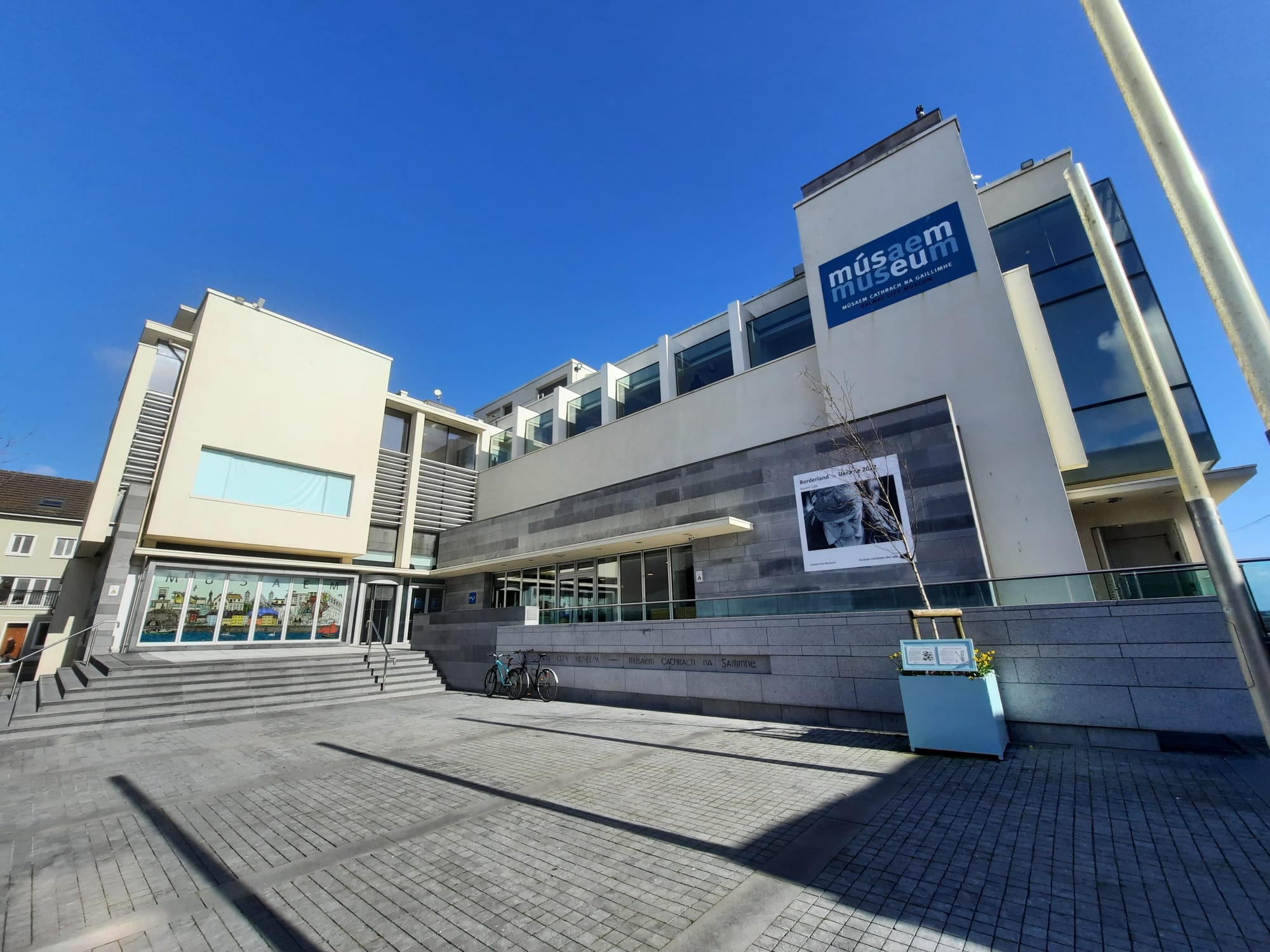Galway City Museum
The Galway City Museum provides a good overview of Galway and surrounding areas. From marine biology to recent history via local people and symbols, each thematic area is rich in information.

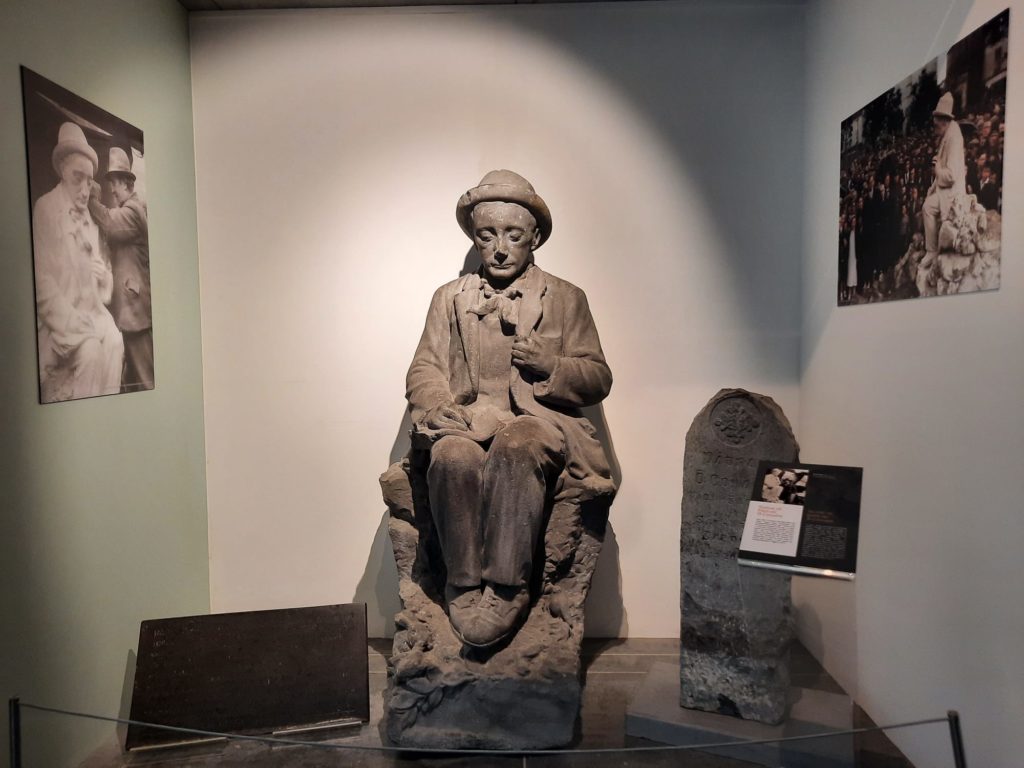

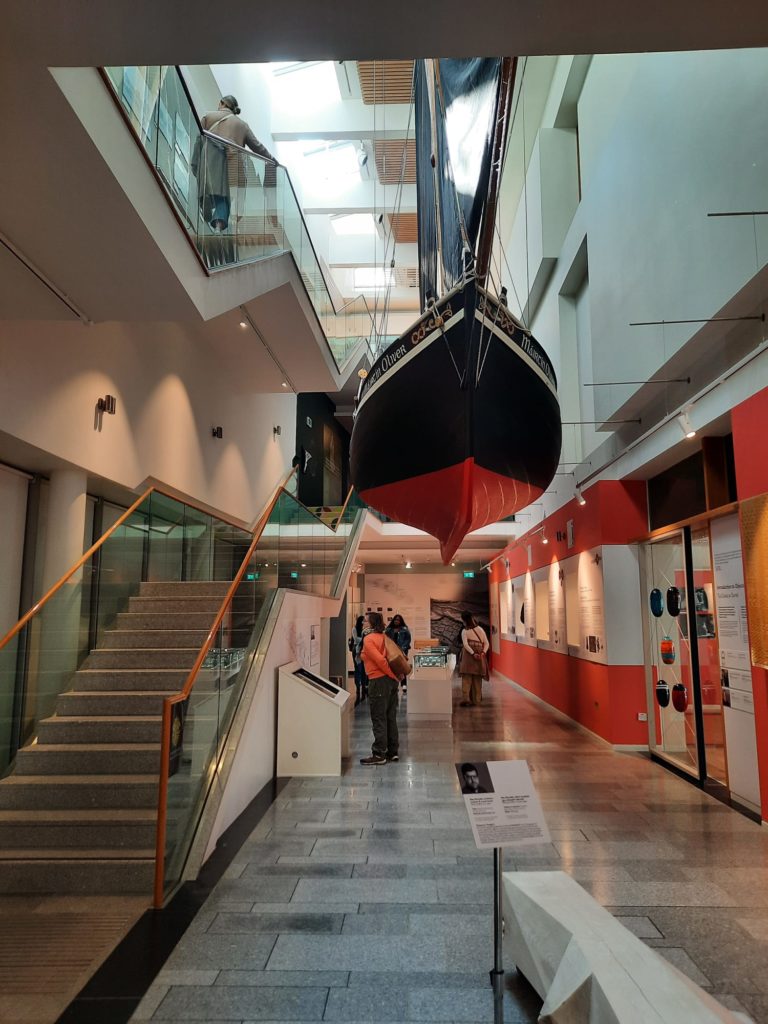
Galway City Museum
Those who have been following the Salterton Arts Review for a while know that when in a new city, I will be straight off to any local history museum I can find (like this one, for instance). Elements of the story will be similar: the natural environment, origins, growth and the modern city. But each place has its version of these which make it unique. For museum nerds like me (and hopefully you), a couple of hours in a city museum helps to set the scene and get the most out of a short trip.
So on my recent trip to Galway, I of course made a trip to the Galway City Museum. It helped that there actually weren’t too many open museums to visit, and that it was reasonably rainy while I was there. But it was an enjoyable trip nonetheless. Or should I say enjoyable with a small caveat? More than most museums, I felt that the layout of the Galway City Museum is a challenge for exhibition design. The offering overall is coherent, but I had to take it in bit by bit and then make sense of it. I felt a little thrown in the deep end as a visitor when the first exhibit was on the Irish Civil War. The earlier history is upstairs. And there were various deep dives before and after which, while interesting, didn’t easily knit into a full picture.
But perhaps that is just me. Rather than take my word for it, let’s have a look together at the Galway City Museum. By the end you will hopefully have learned a little about the city as well as making your own mind up about the museum.

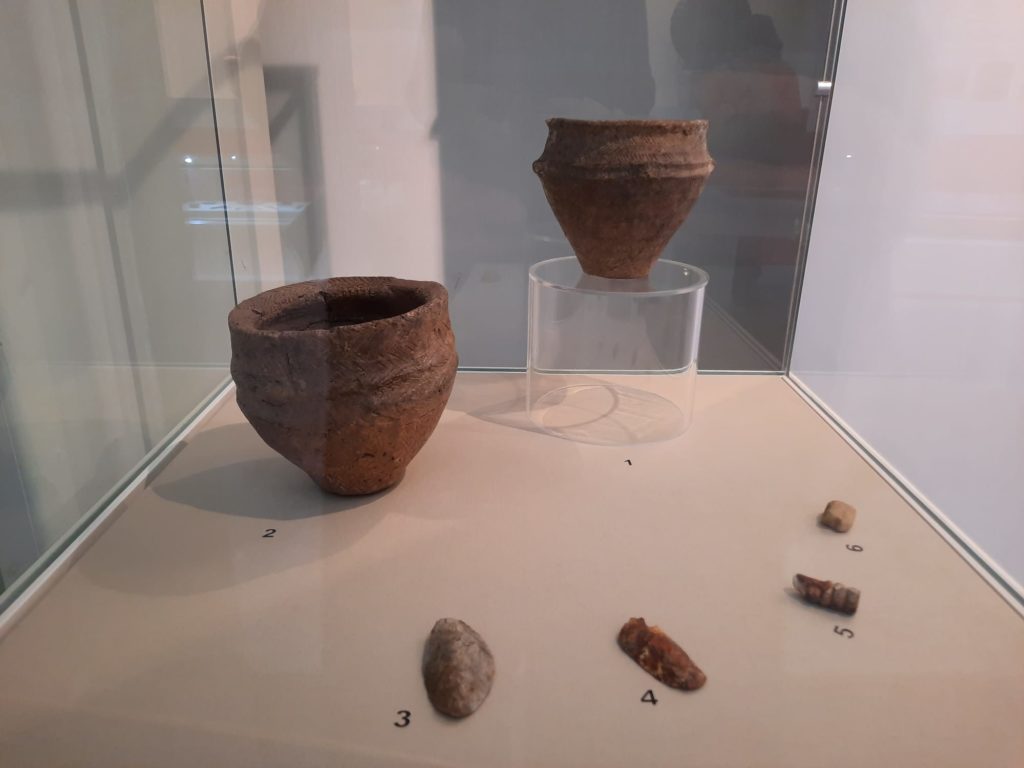
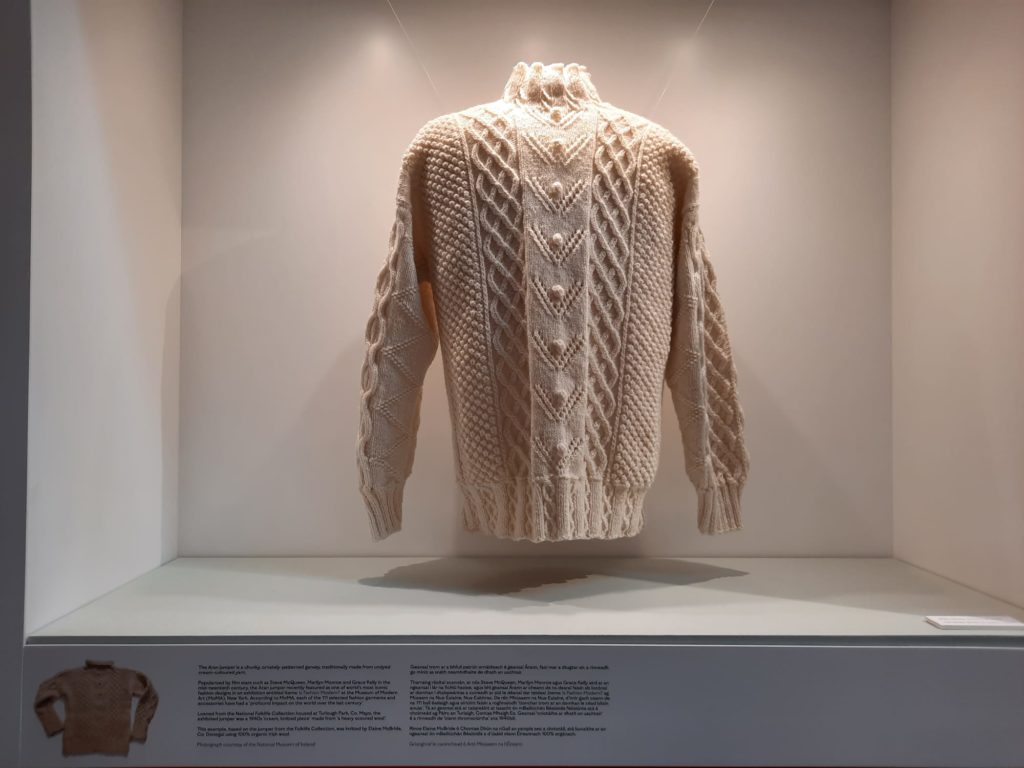
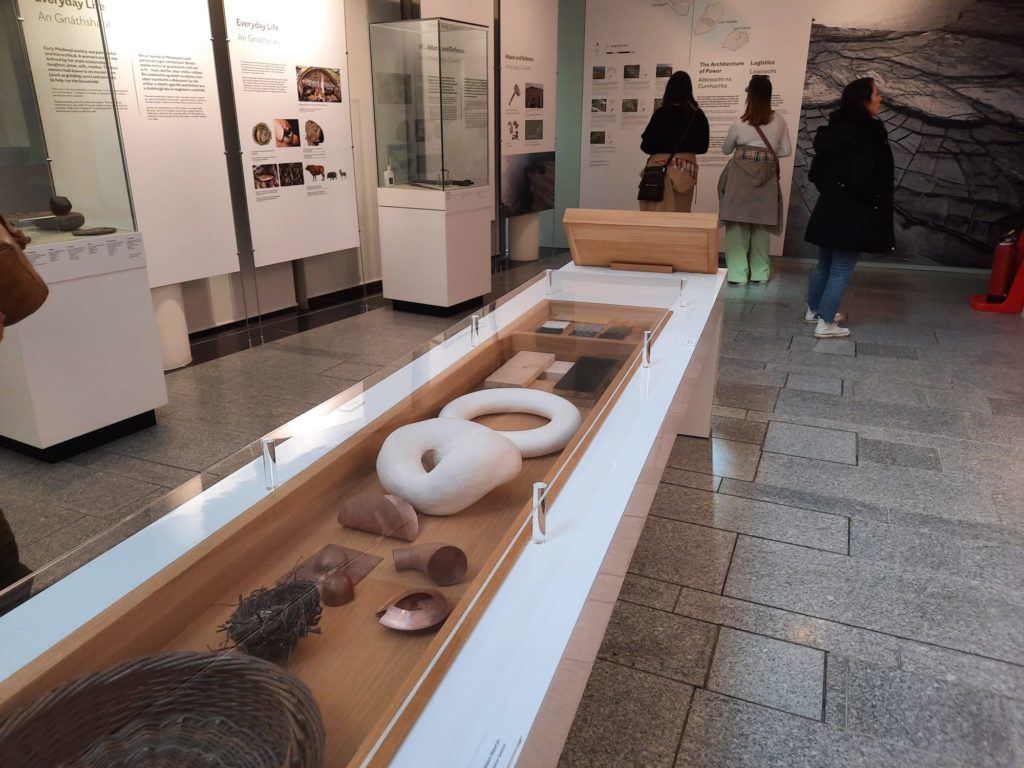
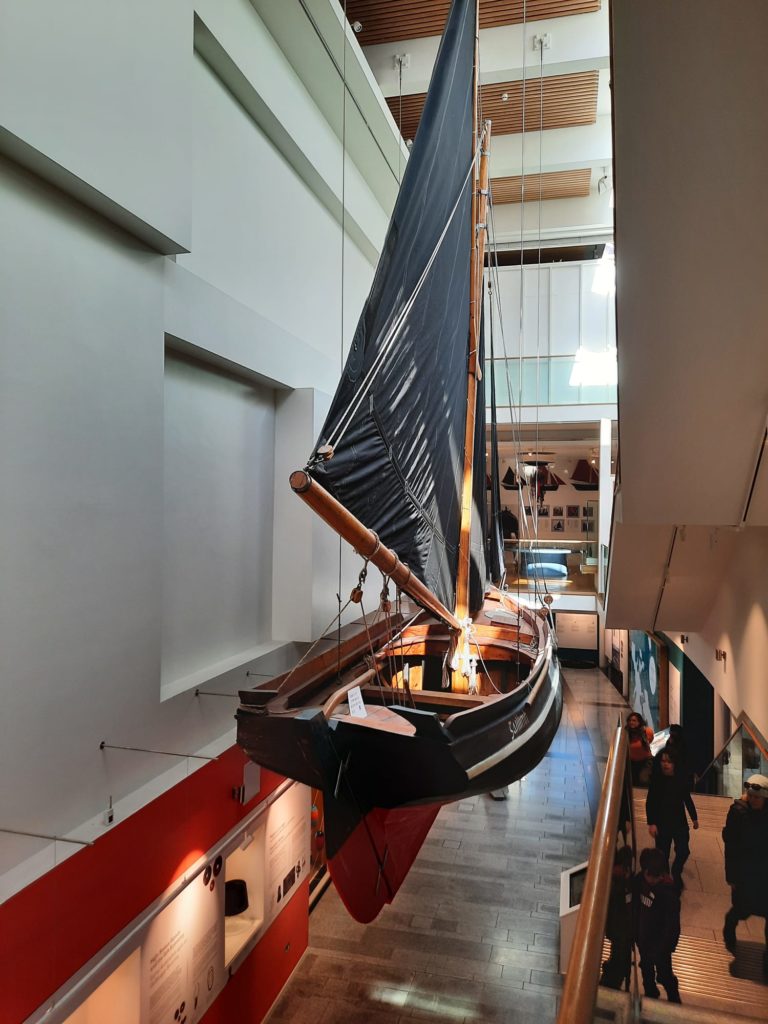
A Potted History Of Galway
The first construction in what is now Galway was Dún Bhun na Gaillimhe (‘Fort at the Mouth of the Gaillimh’) in 1124. It was a naval base and military fort for the King of Connacht. After being captured by Richard Mor de Burgh in 1232, Galway began a period during which it was ruled by English-oriented merchant families (‘The Tribes of Galway’). It was therefore relatively isolated from the Gaelic communities around it. It was a major trading port for Ireland in the Middle Ages, particularly with Spain and France. This is what brought Christopher Columbus here in 1477. As I said in my guide to Galway, it’s probably a stretch to say that Columbus got ideas about crossing the Atlantic from his Galway trip. But he certainly did visit.
Over the centuries, English-Gaelic tensions continued to impact the fortunes of the city. During the political upheavals in 17th Century England, for example, Galway was conquered and reconquered more than once. In the end it backed the wrong horse, and fell into a decline as a result. Its fortunes rose again by the 19th Century, although surrounding rural areas were hard hit in the Great Famine. So many people took a chance from here on a new life abroad that Galway has a memorial to these famine ships.
Galway today has moved away from a trade and fishing economy towards things like manufacturing and tourism. It is close to Ireland’s largest Gaeltacht (Irish speaking community) and has a strong literary and cultural offering in Irish. In the city centre, which still retains a bit of medieval charm, you can enjoy a pint, buy a claddagh ring or try local specialities. It’s also the gateway to the Aran Islands, as reflected in the Galway City Museum.
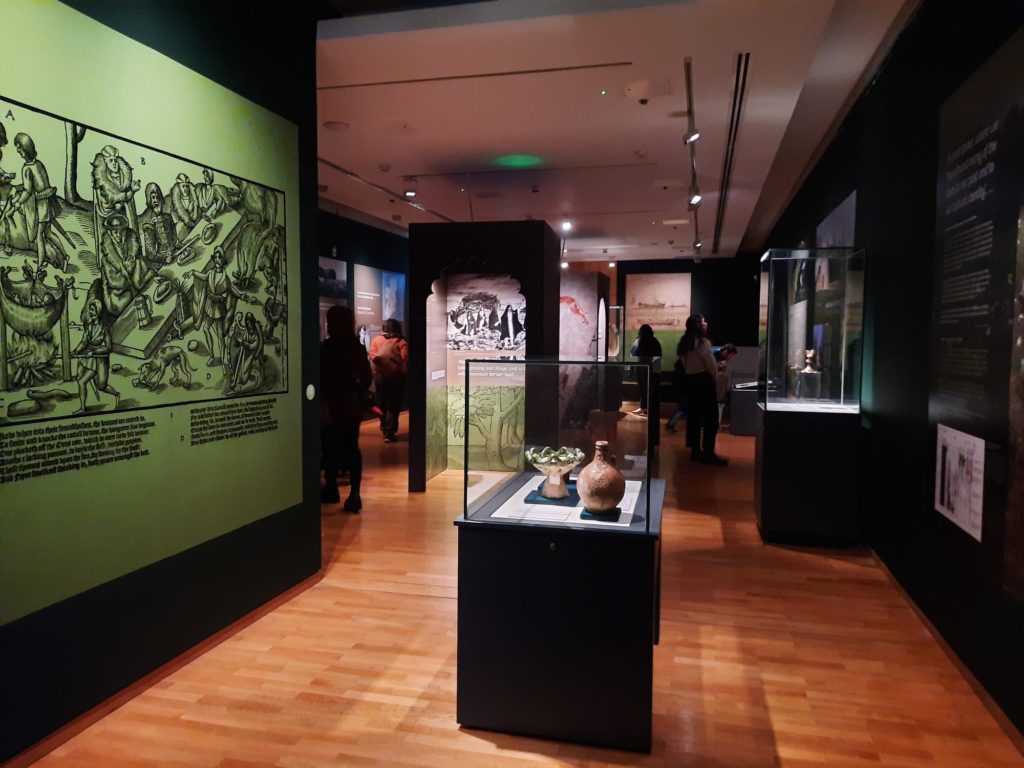


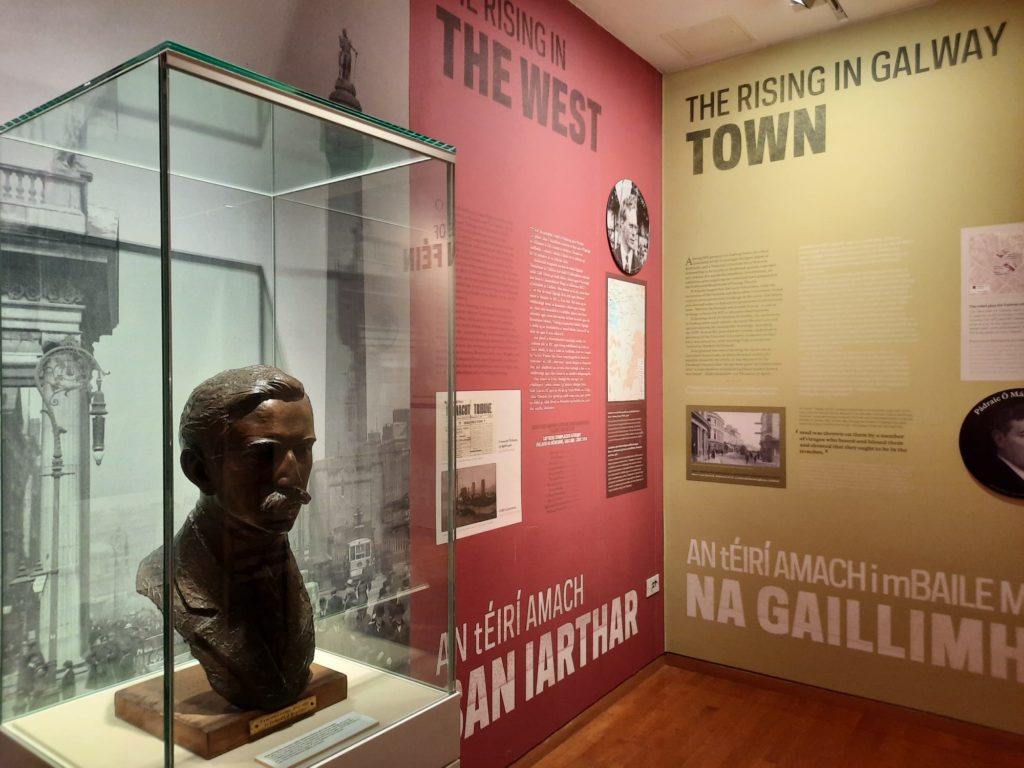

Telling The Story Of Galway
As I mentioned earlier, the Galway City Museum breaks the city’s history up into themes, which aren’t necessarily simple to parse. At ground floor level there is a text-rich section on the Irish Civil War, which also features the original stone statue of writer Pádraic Ó Conaire, a bronze cast of which can be seen in Eyre Square. There’s also a really interesting section on the Aran Islands (I recommend watching the video). And a display which links traditional lives in the area to modern crafts.
Heading upstairs, there is a fascinating section indeed. According to the introduction, it “explores Gaelic society and culture in Ireland through the lens of the learned families who served Gaelic and English lords in Ireland between 1200 and 1600 AD.” I was of course aware of the continuing importance of the arts in Ireland. But didn’t know there was once a hereditary system for transmitting them and advising rulers. This was again a text-led section, but with a selection of interesting objects to complement it. On the same floor is an exhibition on ‘Revolution in Galway 1913-1923’. It looks at historic events through different lenses and personal stories, which brings history to life.
Upstairs is a display about the Claddagh. As well as being a ring, the Claddagh was a fishing village outside Galway’s walls. Its charming thatched cottages were a tourist attraction, but were replaced by modern housing in the early 20th Century. Images and a model attempt to evoke what once was. Beyond this is a real change of subject, an exhibition on ‘The Wild Atlantic’. Models, specimens, texts and a model submarine teach visitors about the ocean just outside the museum’s doors.
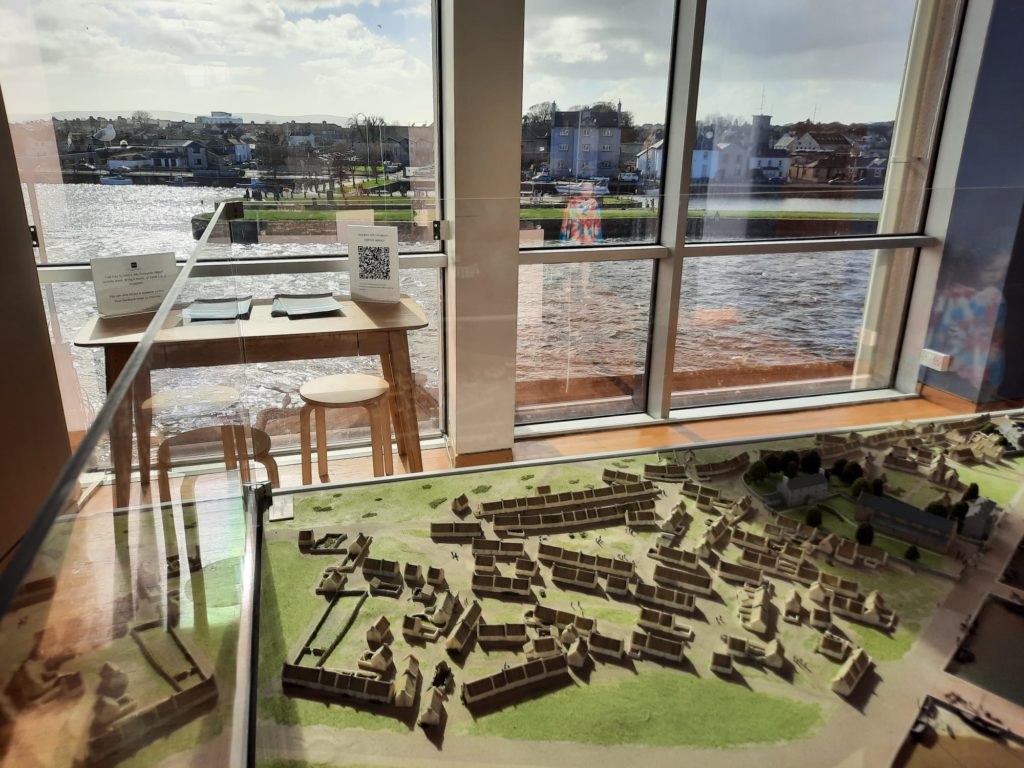

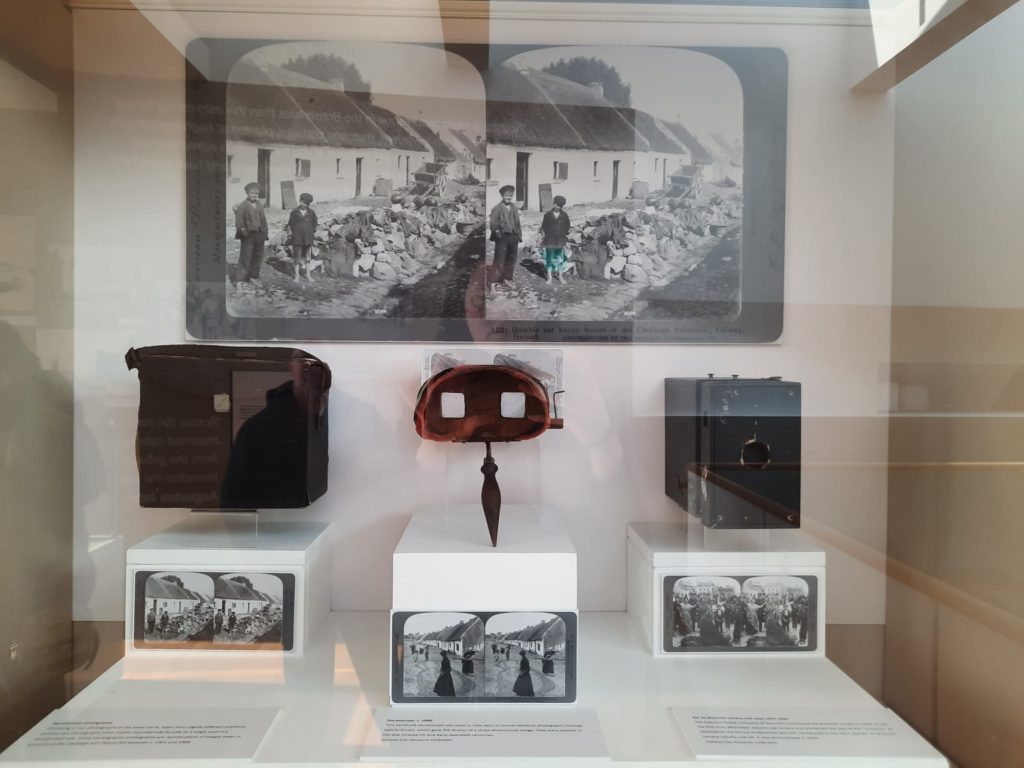



Final Thoughts On Galway City Museum
Of the various sections, those I appreciated most were those that told me the most about the place itself. I liked learning about Irish history and society. But the sections very specifically about the local area, particularly the Claddagh and Aran Islands, were fascinating for being so unique. I think this brings me back to my earlier point: that a local history museum is a great way to learn about the place you’re visiting, in order to get the most out of what is often a relatively short visit.
I hope you got a little flavour above of my experience of the Galway City Museum. Each exhibition in and of itself is very interesting. But the experience is one of dipping in and out of different themes rather than a narrative which introduces the visitor to Galway as a whole. Maybe I started at the wrong end and should have taken the lift upstairs and worked my way down, from marine life to early history to the Civil War? Perhaps, but I think the point stands either way. The narrative moves through different subjects and periods as you work your way around, and as a visitor you need to take a step back and think it over in order to bring it all together.
Other than this drawback (which I do believe is partly brought about by a museum design which doesn’t have a good introductory space to set the scene), I liked the Galway City Museum. Texts throughout are in English and Irish, which is great to see. And I learned a lot about a range of subjects in a short space of time. I particularly liked the upper galleries which overlook the Spanish Arch and the point where the Corrib flows into the Atlantic. An atmospheric spot to learn about the City of Galway and its surrounding areas.
Salterton Arts Review’s rating: 3/5
If you see this after your page is loaded completely, leafletJS files are missing.

